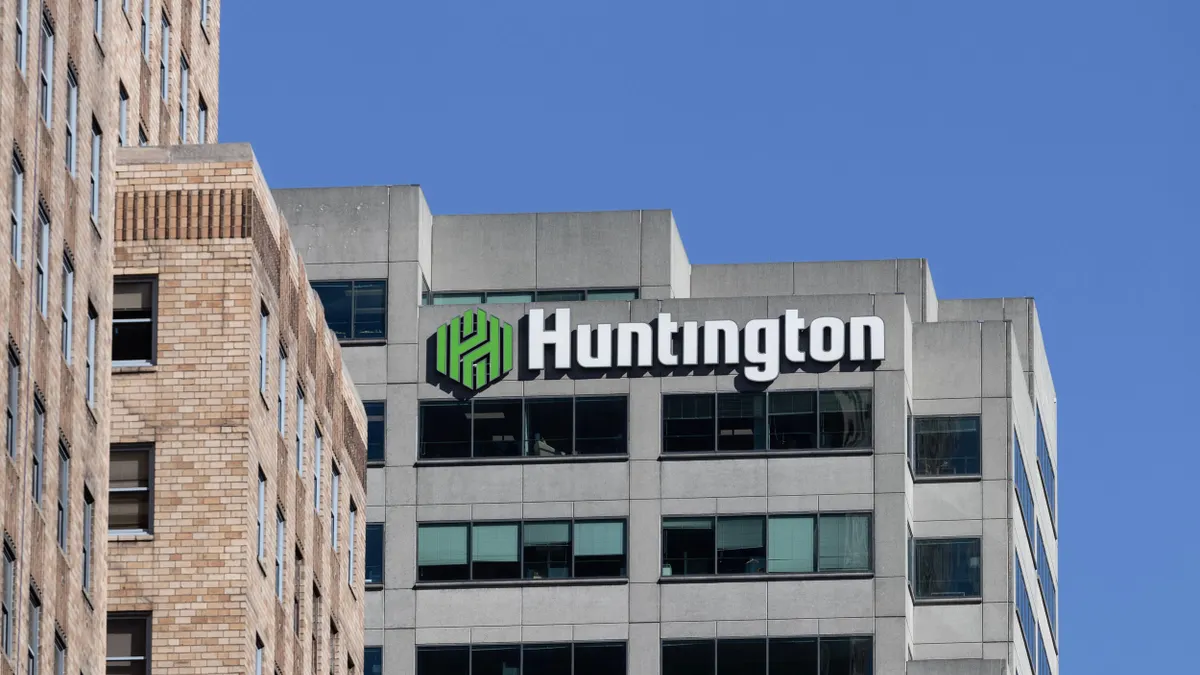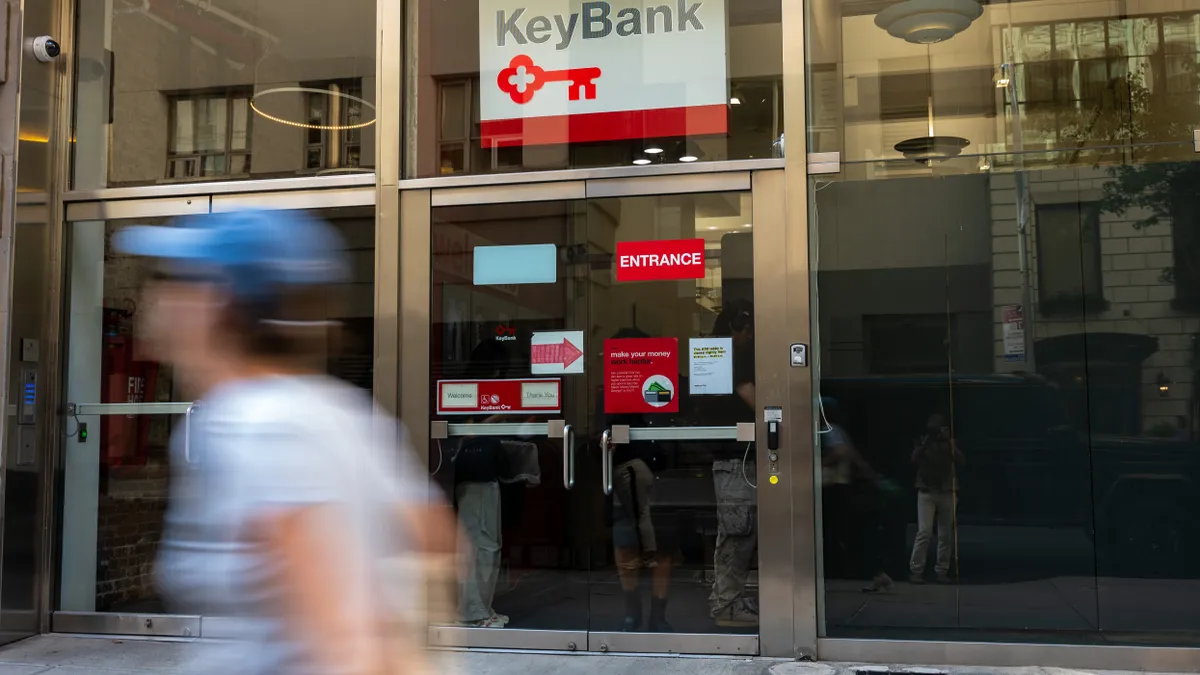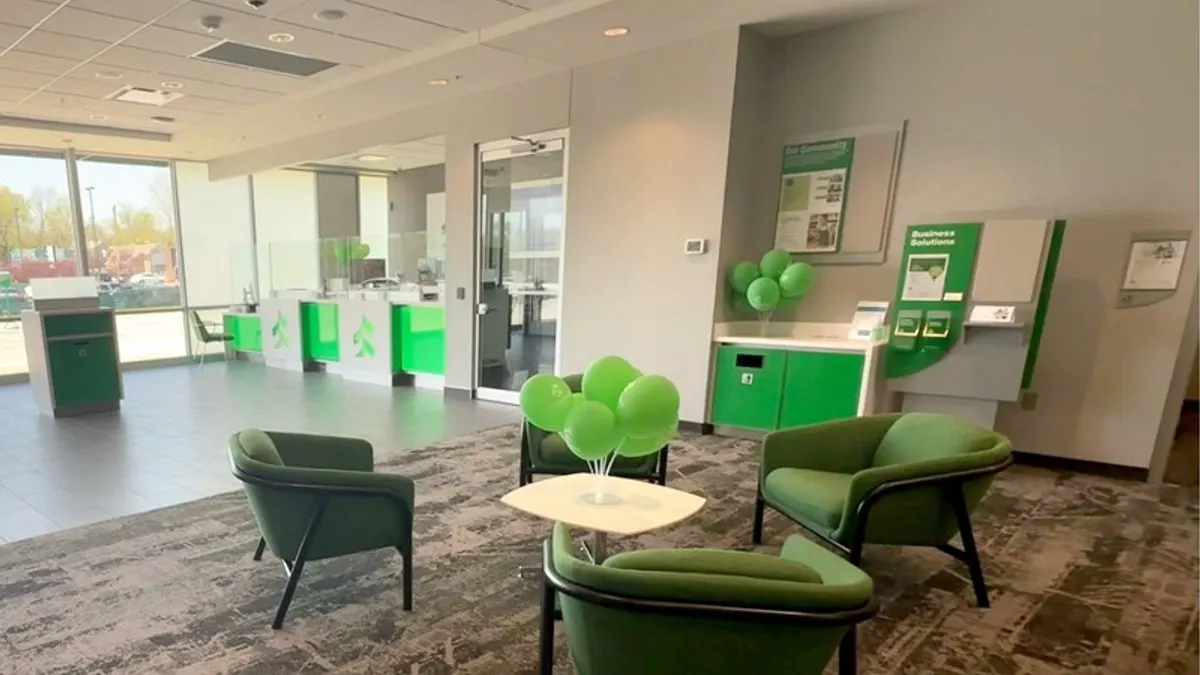As Huntington conducted due diligence on acquisition target Veritex, the Columbus, Ohio-based regional discovered many of the customers it had hoped to snag over time were already clients of the Texas bank.
That was just one advantageous aspect of the $1.9 billion deal, announced last week, according to Huntington CFO Zach Wasserman. The $208 billion-asset regional envisions the acquisition serving as a springboard to local business in Texas, given Veritex’s presence in the Dallas/Fort Worth and Houston markets.
The acquisition of Dallas-based Veritex came together quickly: Huntington management had known Veritex CEO Malcolm Holland for a few years, but deal discussions began in mid-June, Wasserman said.
Huntington didn’t need to do an acquisition in Texas, Wasserman asserted, since the regional lender now has $6 billion in loans and $2 billion in deposits in the state, but “what we saw here was very opportunistic.”

“It’s something we became very convicted about as we learned more about them, in terms of their culture being incredibly well-aligned, and the strategic growth opportunities for us,” he said.
Veritex’s commercial clients are largely in the small and medium-sized business space and the smaller end of the middle market, so Huntington plans to bring its services and capabilities to those customers while $13 billion-asset Veritex offers Huntington the brand recognition and local expertise that can help bolster growth in the state, Wasserman said.
Another area of opportunity is consumer, since “neither of us are really going after the consumer business in Texas,” he said.
“We’ll be launching our full consumer franchise into Texas. There’s 31 branch locations that they've got, and I think, over time, you'll see us expand on that pretty significantly,” he said.
That includes branch expansion, although Wasserman declined to provide specific details.
Veritex is the 10th-largest commercial bank in Texas. With the deal – expected to close in the fourth quarter – Texas becomes Huntington’s third-largest state in terms of deposits.
The bank hasn’t shared specific long-term goals in Texas, but Wasserman said he expects the state and the Dallas/Fort Worth metro area to be some of the largest for Huntington “for a long time to come.”
“We will invest on top of that platform and really build it out even more than it is,” he said.
That includes investments in talent, Wasserman indicated.
Since Huntington has announced rollouts in Texas and the Carolinas and launched some specialty businesses, “we have started to get quite a bit of inbound interest across the board in joining Huntington,” because “bankers want to be part of a platform that’s growing,” he said.
Huntington has about 200 employees in Texas now; once the Veritex deal closes, that’ll be about 1,000, he said. Wasserman declined to share any target for hiring or headcount expansion in the state, but said growth is part of the plan.
To be sure, there’s no shortage of competition across Texas, as national and larger regional banks, as well as local lenders, seek to expand on the backs of population and business growth in the state, through organic growth or merger and acquisition opportunities.
Huntington aims to stand out with a local angle, Wasserman said.
In commercial banking, “that's actually a pretty differentiated approach,” he said. “In many cases, what we're seeing is a lot of verticalization in the commercial banking space, where the relationships of local bankers are getting kind of disintermediated by industry experts within different institutions that are often not local.”
Holland will remain with the company after the deal closes and become its Texas chairman “to really help us make a smooth transition and to grow from the platform he and his team have already built,” Wasserman said. “That’s really key.”
Veritex has 800 employees; when asked if all will remain, Wasserman said he expects the large majority will.
“Given the modest size of the deal, retaining relationship managers will be crucial,” JPMorgan analyst Andrew J. Dietrich said in a July 14 note.
Huntington had about 400 people engaged in acquisition diligence, reviewing Veritex’s commercial and industrial business and portfolio – “not only the existing credit, but also just their philosophy,” Wasserman said.
That was essential to ensure the bank’s approach aligned with Huntington’s, so the regional could be comfortable taking over Veritex’s business and living with it for years, he added.
The deal is expected to be modestly accretive to Huntington’s earnings per share, result in minimal tangible book value dilution and has an earn-back period of about one year. Huntington expects to realize 25% cost synergies from Veritex’s expense base, with half in the first year and the remainder in the second year, Dietrich noted.
From here, Huntington remains largely focused on its organic growth strategy, rather than eyeing more M&A deals, although the bank remains “opportunistic,” he said.
“We set a really high bar,” strategically, financially and culturally, with potential acquisitions, Wasserman said. “It’s not often that an opportunity clears those hurdles,” although “if it did, you know, [we’re] open to it.”





















